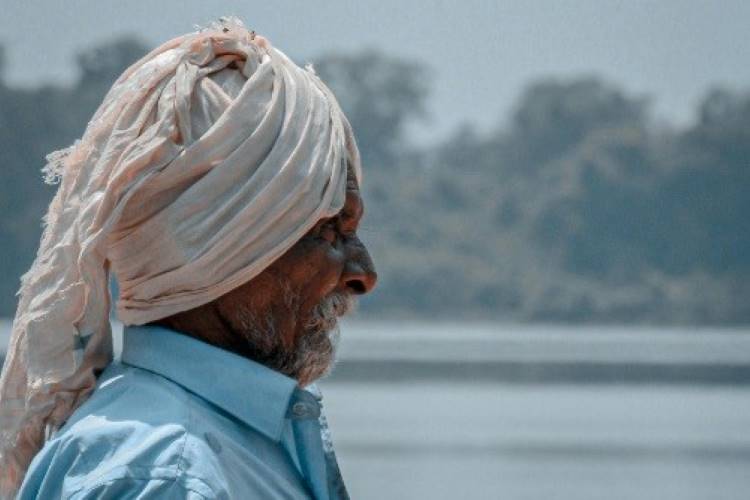Need a universal pension scheme for dignified retirement in India

In old age, people generally become less productive financially and are unable to earn sufficiently to take care of themselves. India’s share of elderly people, those above 60 years of age, is estimated to be 11% (15.9 crore) in 2024 and projected to be 20% (34.8 crore) by 2050. Currently, only 27-30% of the elderly receive financial support through pensions. This includes pensioners of Union, state, and local governments, the Employees’ Pension Scheme, the Indira Gandhi National Old Age Pension Scheme (IGNOAPS), and other occupational private pensions. Thus, India is characterised by low pension coverage for the elderly, with IGNOAPS remaining the only social pension funded by the government, covering 18.5% of the elderly.
Since 1995, in accordance with Article 41 of the Indian Constitution and following the Directive Principles of State Policy, the Union government’s ministry of rural development introduced pension benefits for destitutes, starting at Rs 75 for those 65 years and above. In 2007, the IGNOAPS amount was revised to Rs 200 for all citizens below the poverty line (BPL). In 2011, the qualifying age for the pension was reduced to 60. Additionally, BPL elderly aged 80 or above were entitled to Rs 500. Currently, a flat universal pension, means-tested by income, residence, and age, is available to all Indians.